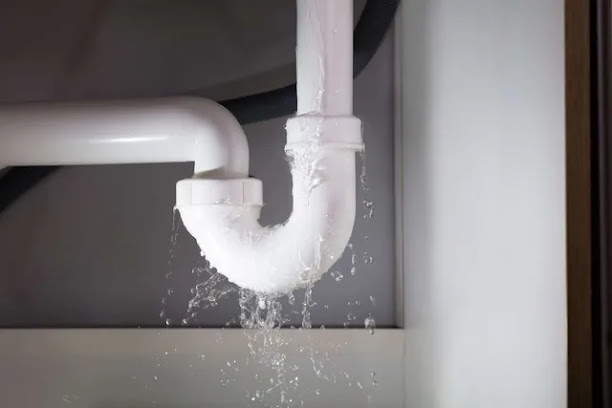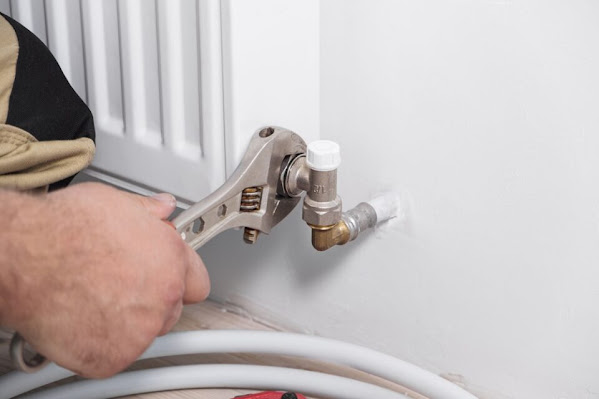How to Bleed a Radiator
A Step-by-Step Guide on How to Bleed a Radiator in Conjunction with Your Ecofix Boiler
Maintaining an efficiently functioning heating system is crucial for a comfortable and warm home. If you own an Ecofix boiler and notice issues like uneven heating or a radiator leaking water, it might be time to bleed your radiators. Bleeding a radiator is a simple yet effective process that ensures your heating system operates optimally. In this article, we'll provide you with a step-by-step guide on how to bleed a radiator, especially if you're an Ecofix boiler user facing issues like radiator leaks.
Step 1: Identify the Problem Radiator
If you notice that one or more radiators in your home are not heating up properly or, in the case of a radiator leaking water, it's essential to identify the problematic unit. Turn on your heating system and check each radiator to determine which one requires bleeding.
Step 2: Turn Off the Ecofix Boiler
Before you start the bleeding process, turn off your Ecofix boiler to ensure your heating system is not actively circulating hot water. This step is crucial for safety and allows the radiator to cool down slightly.
Step 3: Prepare the Necessary Tools
To bleed a radiator, you'll need a radiator key or a flat-blade screwdriver, a cloth or towel to catch any water, and a small container to collect excess water. Ensure you have these tools handy before proceeding.
Step 4: Locate the Bleed Valve
On each radiator, you'll find a small valve, often located on the side or top. This is the bleed valve. Place the radiator key or screwdriver into the valve.
Step 5: Bleed the Radiator
With the key or screwdriver in the bleed valve, slowly turn it anti-clockwise. You should hear a hissing sound – this is the trapped air escaping. Keep turning until water starts to trickle out steadily. Catch any excess water with the cloth or towel.
Step 6: Close the Bleed Valve
Once the hissing stops, and water flows consistently, close the bleed valve by turning it clockwise. Be cautious not to overtighten, as this may damage the valve.
Step 7: Check the Ecofix Boiler Pressure
After bleeding the radiator, check the pressure on your Ecofix boiler. If the pressure is too low, you may need to top it up following the manufacturer's instructions.
Step 8: Restart the Ecofix Boiler
Turn your Ecofix boiler back on, and allow the heating system to circulate again. Check the previously problematic radiator to ensure it is now heating evenly.
Conclusion:
Bleeding a radiator is a simple but essential maintenance task for Ecofix boiler users experiencing issues like uneven heating or a radiator leaking water. By following this step-by-step guide, you can efficiently address these concerns and ensure your heating system operates at its best, providing warmth and comfort throughout your home.




Comments
Post a Comment